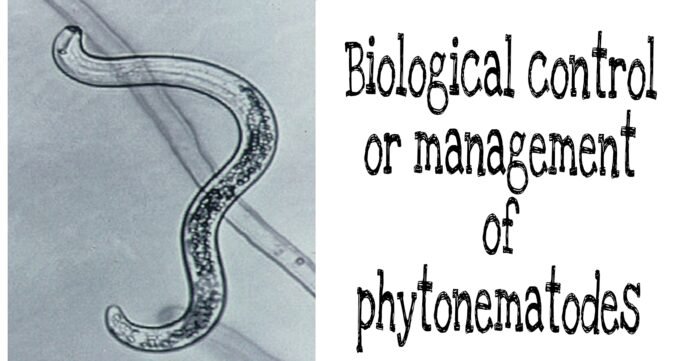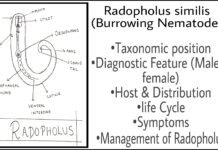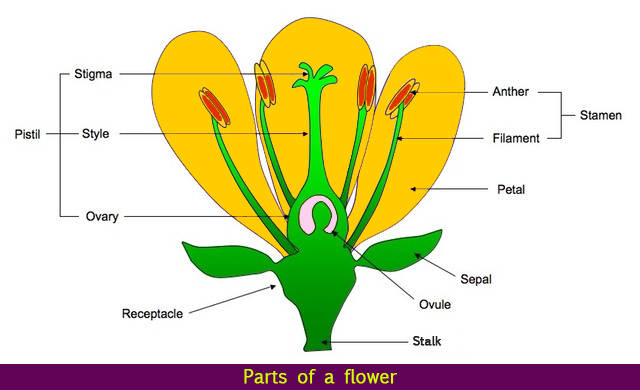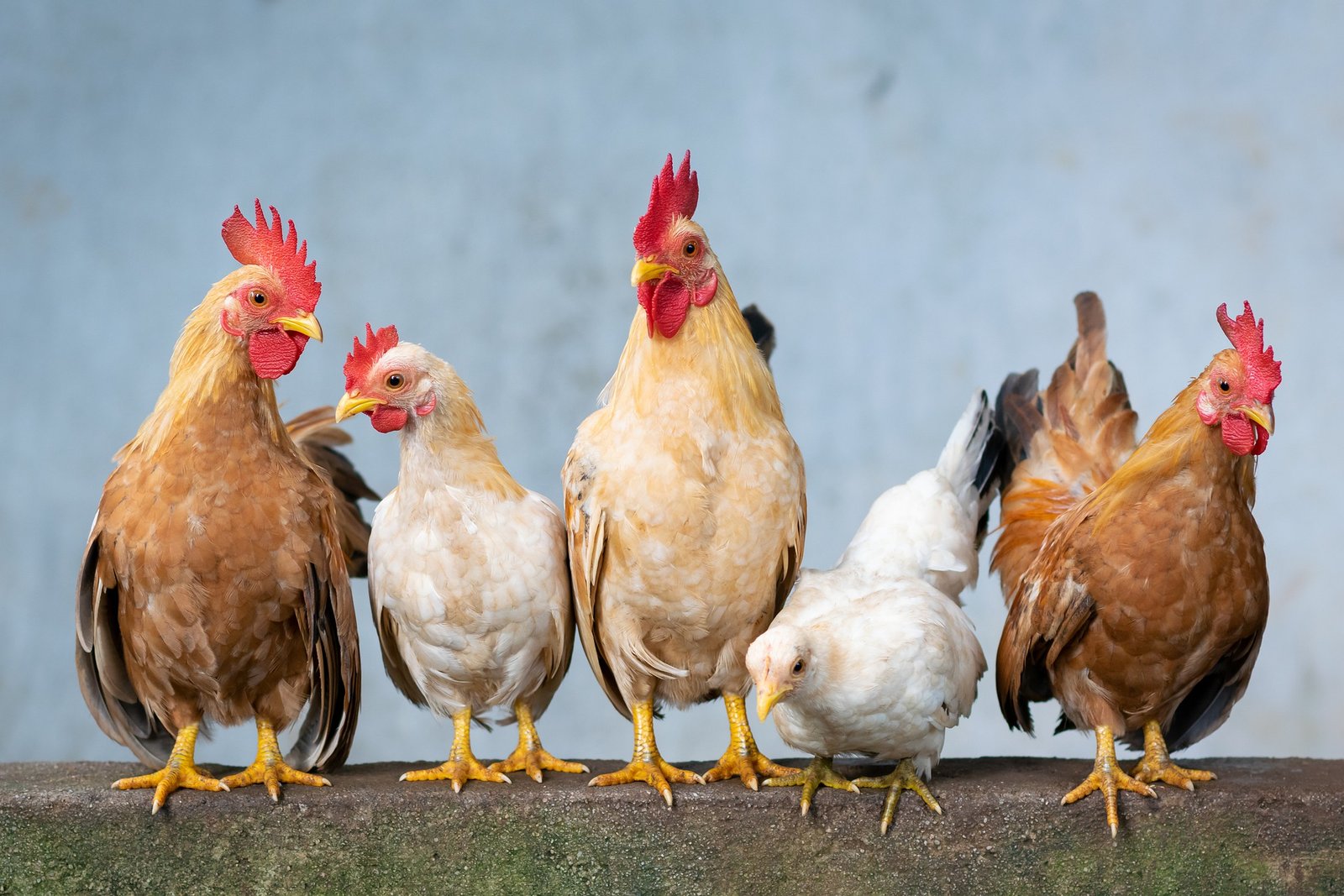Biological control or management of phytonemetodes:-
- The management of phytonematodes by the application of living beings.
- It includes microbiota as protozoa, bacteria, fungi, some arthropodes as parasites or pathogens, to regulate nemic population.
- The macrobiota i.e, predatory plants and animals (Amphibians, reptiles, and birds) are also used the phytonematode (harmful)
- These parasitic and pathogenic may harm directly or indirectly by the secretion of metabolites act as an antigen.
- Usually these antigens are systemic, hence act in an association of native enzyme.
- By the utilization of these techniques used by the wild varieties for nematode regulation, Bioformulation can be taken into consideration. But it is a challenging issue to identify those components or ameidments.
- The success achieved in biocontrol by the bioformulation after the discovery of fungi like Paecilogmyces lilacinus, Pochonia chlamydosporia
- After the discovery of PGPR(plant growth promoting (rhizobacteria) the regulation of nemic population became quite easier.
- Endophytic mychorhzas in rhizoshphere.
- A foresaid fauna competes with nematodes for microhabitat and niche. This competition may not allow the proper growth of PPNS.
- Besides niche competition, these rhizobacteria and fungi may also responsible for the development of resistance against PPNS.
- Some successful PGPR strains are:- Pseudomonas fluorescence, Pseudomonas putida, Azotobacter chrochoccum
- Arbascular mychorhizal fungi, especially Glomus mossae
- Glomus fasciculatum have shown promising impact on control of root knot or cyst nematodes.
- These fungi regulates PPNs by following ways:-
- Niche competition, Acts as root modifiers
- Directly damage cyst of female.
- There is also a group of arthropoda i.e Thysanura and Thysanoptera, collembolas are also acts as predation for nematodes.
- Mites may also invade the body of nematodes, usually through natural openiging cause behavioral damage through, irritation, itching, and inflammation.
- There are some crustaceans like brachypods and tachigrades that may also responsible for the nematode.
- Read Also:- Pratylenchus penetrans (lesion Nematode)
Regulatory Method for PPNS Management:-
- The phyto-parasitic nematodes are expanding globally due to anthropogenic activities. Therefore, directly or indirectly human activities are responsible for the worldwide dispersal of the PPNs.
- Thus time has come now, to regulate the nematode population by the amendment of certain legislation
- Such type legislations are usually known as quarantine acts.
- The objectives of these acts are to limit the dispersal and invasion of exotic PPNs.
- If already introduced the eradicate them form environment
For example:- Radopholus was first into kerala in nilgin reigon through banana rhizome.
Also Read:- Radopholus similis (Burrowing nematode)
Pest Risk Analysis (PRA):-
In the scientific or numerical calculation to know the extent of damage caused by pests.
There are three major amendments for plant protection are:-
- International plant protection convention (IPPC).
- WTO agreements on the application of phytosanitary measures.
- (convention on biological diversity (CBD)
















